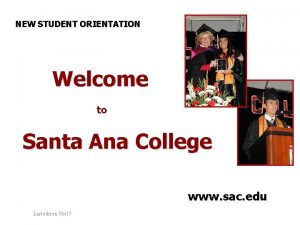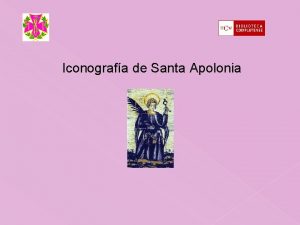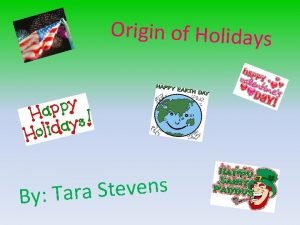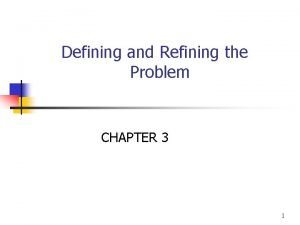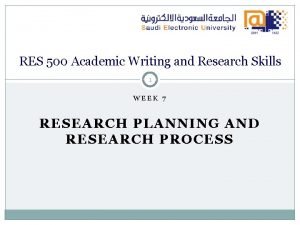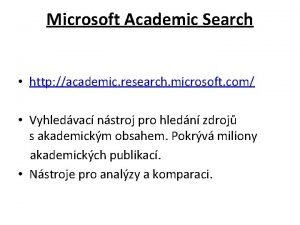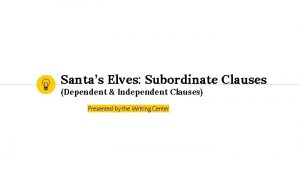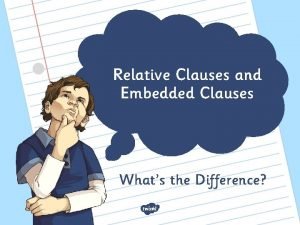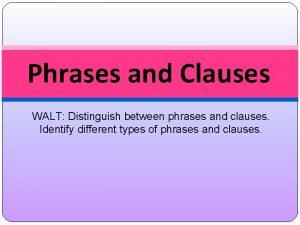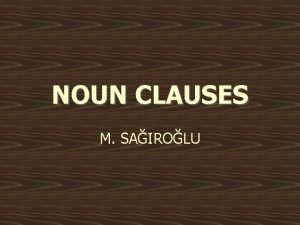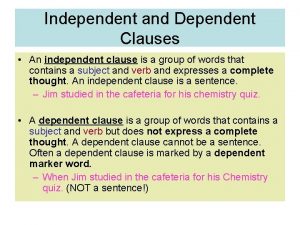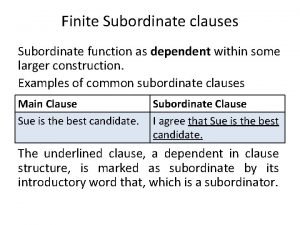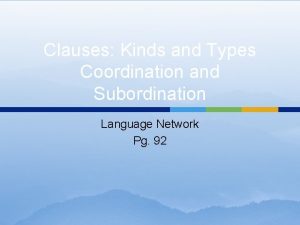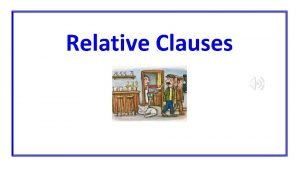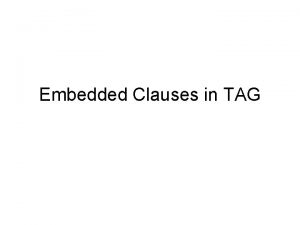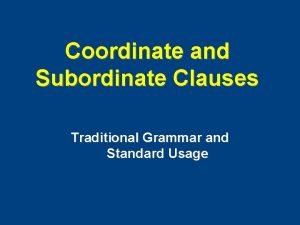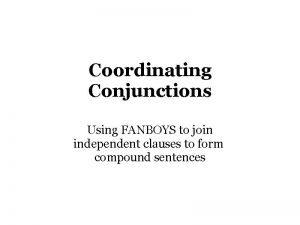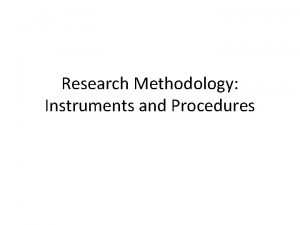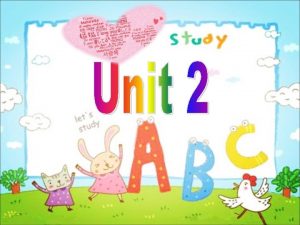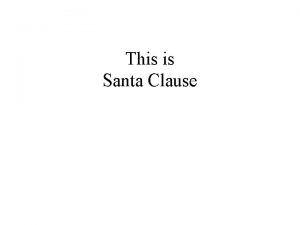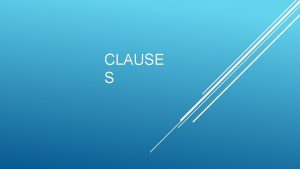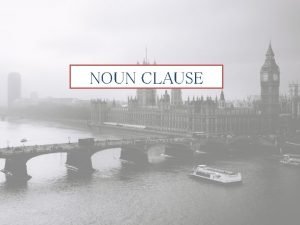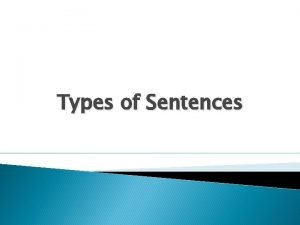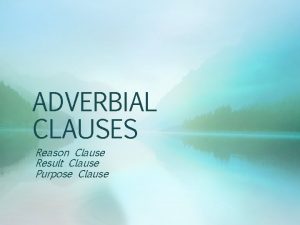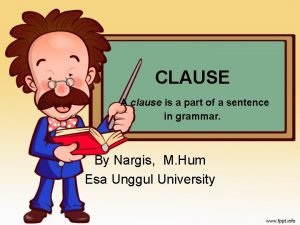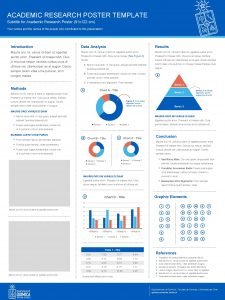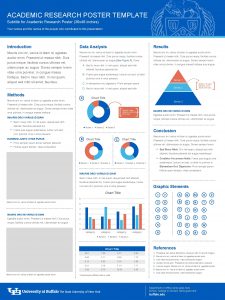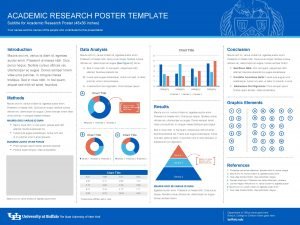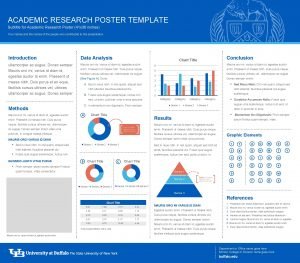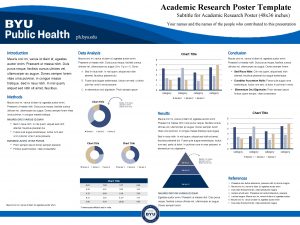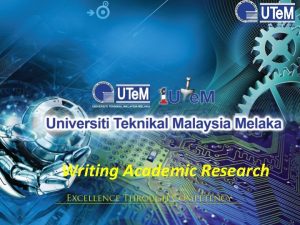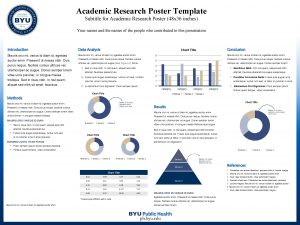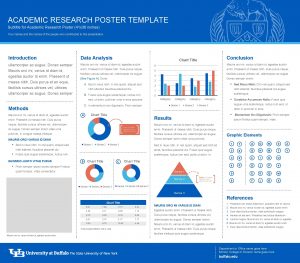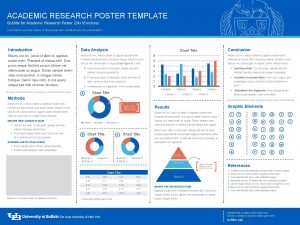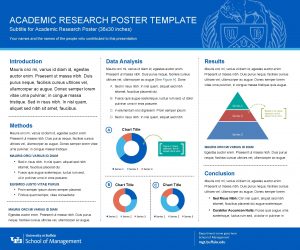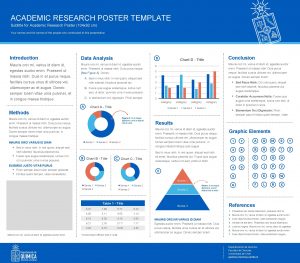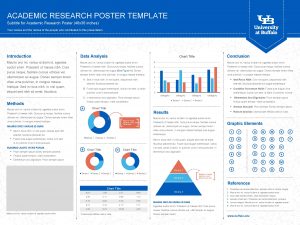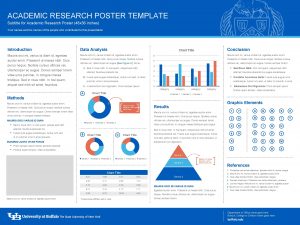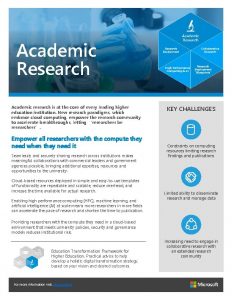Academic Research Part 3 Clause 1 Santa Clause





































- Slides: 37

Academic Research Part 3

Clause 1 Santa Clause Thesis & Outline EXAMPLE: Your outlines does NOT need to be in complete sentences. You may use phrases for each point. Professor Zaiens Developmental Communications 36 B 1 December 2009 American Women and Diabetes Thesis: Thousands of American women are diagnosed with diabetes each year. By understanding this disease and its causes and treatments, women can live healthier lives. I. First major section A. Supporting detail, explanation, or example B. Supporting detail, explanation, or example II. Second major section A. Supporting detail, explanation, or example B. Supporting detail, explanation, or example III. Third major section A. Supporting detail, explanation, or example B. Supporting detail, explanation, or example

See full paper here.

See full paper here.


Finding Print Sources ¨ On-line catalog—in library Click on Internet Explorer—Library home page 3 ways of searching title must be spelled correctly omit “a, ” “an, ” or “the” if first word of title books sorted by date of publication topic (keyword) author

Finding Print Sources ¨ Citation information—found on Detail page ¨ Info given on author, title, copyright, location—Call number ¨ Call number—number found on spine of book, indicates where book is found in library

Additional Library Resources—Books On-Line • E-Books • In catalog, click on URL, which takes you to Net. Library • Go to www. netlibrary. com • Create a free account while on campus • Gale Virtual Reference Library • Need a password—Mission

To use resources ¨ On campus--no password is necessary ¨ At home--need Mission passwords (use the handout I gave you or get the handout at the Library Reference Desk)

Magazines ¨ Intended for general readers ¨ Wide subject area ¨ Authors not experts ¨ Brief articles ¨ Only reviewed by editor, not experts ¨ Weekly, monthly – ex: Time, New. Yorker

Journals ¨ Intended for specialists ¨ Specific in focus ¨ Authors are experts ¨ Longer articles ¨ Peer reviewed, includes bibliography ¨ Monthly, quarterly

Magazines and Journals ¨ EBSCOhost used most--entire article on line ¨ Current articles listed first ¨ Review abstract--summary of article ¨ Citation info--needed for Works Cited page ¨ Article can be emailed, saved, or printed ¨ User ID—Mission password--la

Locate Appropriate Sources of Information ¨ Non-print sources – Audio-visual materials – Interviews – CD-ROM’s – Databases Use this link to get to the LAMC Library Database page. (Remember: to access the databases from home, you must use the passwords on the Library Handout I gave you). Use EBSCOhost or National Newspapers (Pro. Quest). – Internet

What Is Documentation? ¨ You must provide information about each source used in your paper. For example, if your source is a book, you must include – Author – Title – Publication data (publisher, place published, year published) – Page numbers To access Easy. Bib (for MLA) or Bib. Me (for APA), use this link to the Learning Center.



How to create Works Cited or Reference page To access Easy. Bib (for MLA) or Bib. Me (for APA), use this link to the Learning Center. To see the Power. Point on how to format a journal from the Library database, click here.

Ways to Use Sources ¨ Direct quotation with parenthetical citation ¨ Paraphrase with parenthetical citation ¨ Summary with parenthetical citation

Direct Quotation--MLA ¨ Author included in text – According to Hofritz, “Some candidates are unprepared to meet the requirements of political office” (90). ¨ Author included in citation – Another writer states, “Some candidates are unprepared to meet the requirements of political office” (Hofritz 90). HOMEWORK: Go to the Writing Lab & ask for the “Using Quotations in MLA” handout.

Paraphrase--MLA ¨ Hofritz, for example, believes that not all candidates are prepared to hold political offices (90).

Taking Reading Notes ¨ Use 4” x 6” or 5” x 8” index cards ¨ Take notes on each source, one card per statement or fact or topic ¨ List author and topic on top of card ¨ Be sure to indicate whether information is a quote, paraphrase, or summary ¨ Be SURE to note page number!

Sample Note Card Berk ADHD: Treatment--Stimulants “Researchers do not know precisely why stimulants are helpful. Some speculate that they change the chemical balance in brain regions that inhibit impulsiveness and hyperactivity, thereby decreasing the child’s need to engage in off-task and self-stimulating behavior. ” Direct quote, p. 360

Using the Internet for Academic Research

Benefits of Internet Research § A huge volume of information from thousands of sources worldwide § Up-to-the-minute information on news, weather, etc. § Information when you need it—no trips to the library, which is closed at midnight

Pitfalls of Internet Research v. A huge volume of information from thousands of sources worldwide v. Anyone can publish a web site v. Sites need not be maintained or updated v. Sites are not supervised or reviewed for accuracy v. Sites such as AOL are peppered with sales pitches v. Breaking news is unfiltered

How to Locate Sources § A browser program (Microsoft Explorer or Netscape § § Navigator) helps you find the site you want. Identify Keywords. Be as specific as possible. Use Subject Directories (INFOMINE, Lycos, Yahoo) Use a Search Engine (Alta Vista, Web. Crawler, Infoseek, etc. ) Use a Meta-Search Engine (Meta. Find, Dog. Pile, PROFUsion)

Web Site Addresses § A Web site has its own address or URL (Uniform Resource Locator). It must be typed exactly. § The last part of the URL, called the domain, reveals the site’s type of sponsor §. companies trying to sell something §. educational institutions §. gov state or federal agencies § Sometimes you need a name you use online, called a username, and a password to get started.

Using the Internet for Academic Purposes ¨ Two ways to search – Search engine--i. e. Google • Computer recommends websites – Subject Directory--i. e. lii. org • Librarian recommends websites which have been reviewed • Better for academic purposes

Go to Library Homepage→ § →Recommended Websites – →Subject Directories – The Best Information on the Net (BIOTN) – Internet Public Library – Librarians Index to the Internet (lii. org) • enter topic→search – result list—recommended websites, emphasis on quality, not quantity – list is annotated—address, when ref. was added

Google—put quotation marks around term, i. e. “breast cancer” Does some ranking – frequency – Proximity Advanced search – Date—select more updated period of time – Domain • • • . edu (educational organization—often more reliable websites). org (nonprofit organization—may be biased). com (commercial entity). net (network of an institution). gov (government source—reliable). mil

How to Evaluate the Content of Internet Sources § Evaluate appropriateness § Evaluate the source § Evaluate the level of technical detail § Evaluate the presentation § Evaluate completeness § Check the links to see if they work and are reputable

Some Helpful Web Sites § http: //www. latimes. com § http: //www. pathfinder. com § http: //www. csun. edu § http: //www. library. csun. edu/websrch. html

More Helpful Web Sites § http: //www. bartleby. com § http: //www. lamission. edu § http: //www. laccd. edu

Electronic Text Requires New Reading Strategies § Traditional text is linear; it progresses in a single direction. § Web sites are multidirectional and unique. § Text on Web sites may not follow the traditional main idea, supporting details organization of traditional paragraphs. § Web site text requires readers to make decisions.

Electronic Text Requires New Reading Strategies § Web sites allow readers the flexibility to choose the order in which to receive the information. § Web sites use icons and new symbol systems. § Web sites use shorter, less detailed sentences and paragraphs, but a great deal of graphics, links, etc. Read more slowly, perhaps 25 percent more slowly!

Electronic Text Requires New Reading Strategies § Reading Web sites involves paying attention to (and being distracted by) sound, graphics, and movement, as well as words. § Text on Web sites comes in brief, independent screenfuls, sometimes called nodes. § Web sites include numerous links to other Web sites § It’s hard to highlight a computer screen

Develop New Ways of Thinking and Reading Focus on your purpose—stay on task! Get used to the site’s design and layout Pay attention to how information is organized Only use links to find the information you need § Explore links that are related to your topic § Use Bookmarks and Favorites or note the addresses of good sites or use delicious. com § Print and read offline (finally, a way to highlight!) § Use the “Back” button to find your way “home. ” § Take notes as you explore a complicated Web site § §
 Plan b santa ana college
Plan b santa ana college Santa apolonia santa rosa
Santa apolonia santa rosa The santa clause christmas bells carol
The santa clause christmas bells carol Where did santa clause originate
Where did santa clause originate From an academic perspective research is relevant if:
From an academic perspective research is relevant if: Clinical research organization structure
Clinical research organization structure Academic research software
Academic research software Academic writing and research skills
Academic writing and research skills Ctsi uf
Ctsi uf Microsoft academic research
Microsoft academic research Part part whole addition
Part part whole addition Part to part ratio definition
Part to part ratio definition Part part whole
Part part whole Technical description
Technical description Front bar equipment
Front bar equipment The part of a shadow surrounding the darkest part
The part of a shadow surrounding the darkest part Minitab adalah
Minitab adalah Main clause vs subordinate clause
Main clause vs subordinate clause Main clause and subordinate clause
Main clause and subordinate clause Embedded relative clause
Embedded relative clause Noun phrase definition with examples
Noun phrase definition with examples Reported speech wonder
Reported speech wonder Dependent and independent clauses
Dependent and independent clauses Dependent and independent clauses
Dependent and independent clauses Example of independent clause
Example of independent clause First conditional come
First conditional come Closed interrogative
Closed interrogative Adjectival subordinate clause
Adjectival subordinate clause Subordinate clause это
Subordinate clause это Matrix clauses
Matrix clauses Relative clause vs subordinate clause
Relative clause vs subordinate clause Two main clauses
Two main clauses Conditional sentences правила
Conditional sentences правила Warm adverb form
Warm adverb form If-clause and main clause
If-clause and main clause Independent and dependent clauses
Independent and dependent clauses Instruments in research methodology
Instruments in research methodology Parts of chapter 2
Parts of chapter 2
